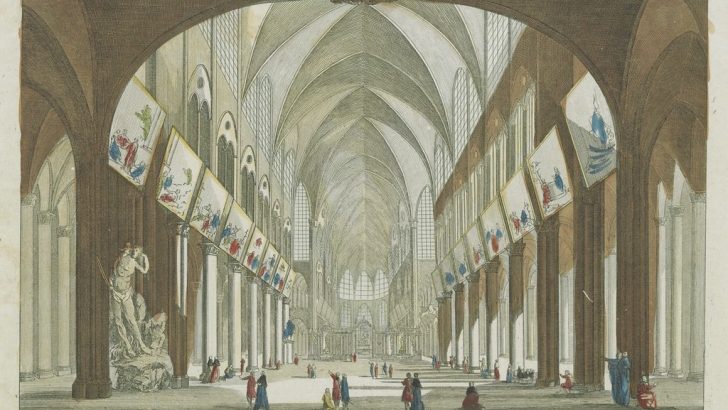Mainly About Books
by the books editor
The fire which ravaged Notre-Dame in Paris shook not just France, but the whole word. The edifice was not merely just another site on the European tourist trail, it was a place which has rightly been seen as a mirror of the soul of France herself.
Its history can be traced back to 1163. Once commenced, the work went on for a long time; indeed it might be said that it never really ended, for the cathedral as been constantly added to and changed, restored, attacked, repaired and desecrated.
It was lucky, perhaps, to survive the turmoil of the French Revolution in the 1790s. However in 1804 it returned to its national role, when Napoleon chose to be crowned Emperor there, by his own hand, though in the presence of the Pope.
Character
Much that was felt about the Middle Ages and the history of France was summed up in the character of the cathedral by Victor Hugo in his novel, vulgarly called in English The Hunchback of Notre-Dame.
This was a monument of the Romantic movement. Hugo at one points breaks off from his elaborate schema of French society, to stand himself on the heights of the cathedral and to invoke the view out over medieval Paris, its people, its life, and its aspiration. Indeed, he saw medieval architecture as a kind of ‘free speech’. This is a truly remarkable essay. Under its true title of Notre-Dame de Paris 1482 the novel was published in March 1831, though the definitive and complete edition appeared only in December 1832.
Little more than a decade later, Eugène Viollet-le-Duc began the task of restoring, indeed in places rebuilding Notre-Dame. This was a task that lasted a quarter of a century. It was his cathedral that impresses itself, in a way, on the modern visitor. His treatment of old buildings was controversial, but influential.
Reinvention
I can still recall the shock I felt in my early teens when I saw the walls of Carcassonne for the first time. How could they have survived from the Middle Ages. But of course they had not. They were a reinvention. And Viollet-le-Duc knew that all efforts at restoration are in a way a reinvention.
Such reinvention is easier for a novelist perhaps. We forget that Notre-Dame was not for some, such as Charles Peguy, the most beautiful church in France. Nor was it for Joris-Karl Huysmans, who devoted one of his late novels, La Cathédrale (1898), a deeply moving account of Chartres. This was a great success for the author, so much so that he was able to retire on the royalties.
In modern times, too, the spirit of medieval France has worked its way on writers. Les Pierres sauvages – in the sense of “the untamed stones” which a mason must work on – is a novel by Fernand Pouillon, issued in English as The Stones of Le Thoronet (1970). This won a major French literary prize. The author, a well known architect, was in prison at the time. Released on health grounds, he was later formally pardoned by President Pompidou.
Through the mind of the Cistercian who is master of works on the building of the Abbey of Le Thoronet, he describes just how one of the extraordinary monuments to the religious spirit of Europe was created literarily from the ground up. Le Thoronet, in the Var, can still be visited. This was also a remarkable evocation of the spirit of the Middle Ages, this time in its Cistercian manifestation. It was a book which had a huge success in France, as had La Cathédrale, less so in English-speaking countries.
These three books managed in their very different ways to bring before their readers diverse aspects of medieval Christianity. Each one is a reflection of the soul of France, so often called “the eldest daughter of the Church” – even if at times she has been a slightly wayward child. They all tell us a great deal about the foundation of French culture, and the spirit of the French.
They remind us, too, of how the middle ages saw God as the architect of the universe.


 Peter Costello
Peter Costello Vüe de l'intérieur de l'Eglise Cathédrale de notre Dame de Paris, artist unknown, 1670
Vüe de l'intérieur de l'Eglise Cathédrale de notre Dame de Paris, artist unknown, 1670